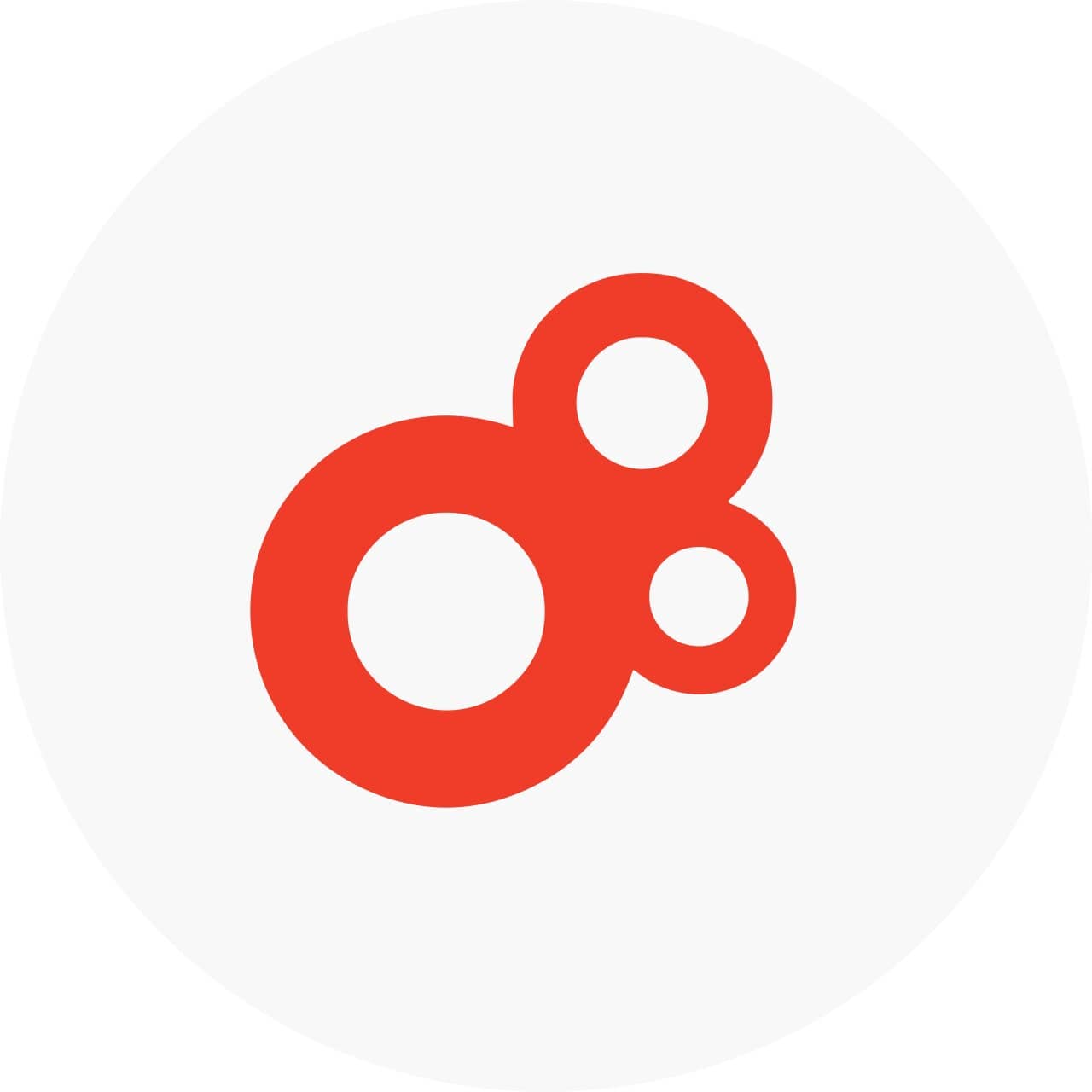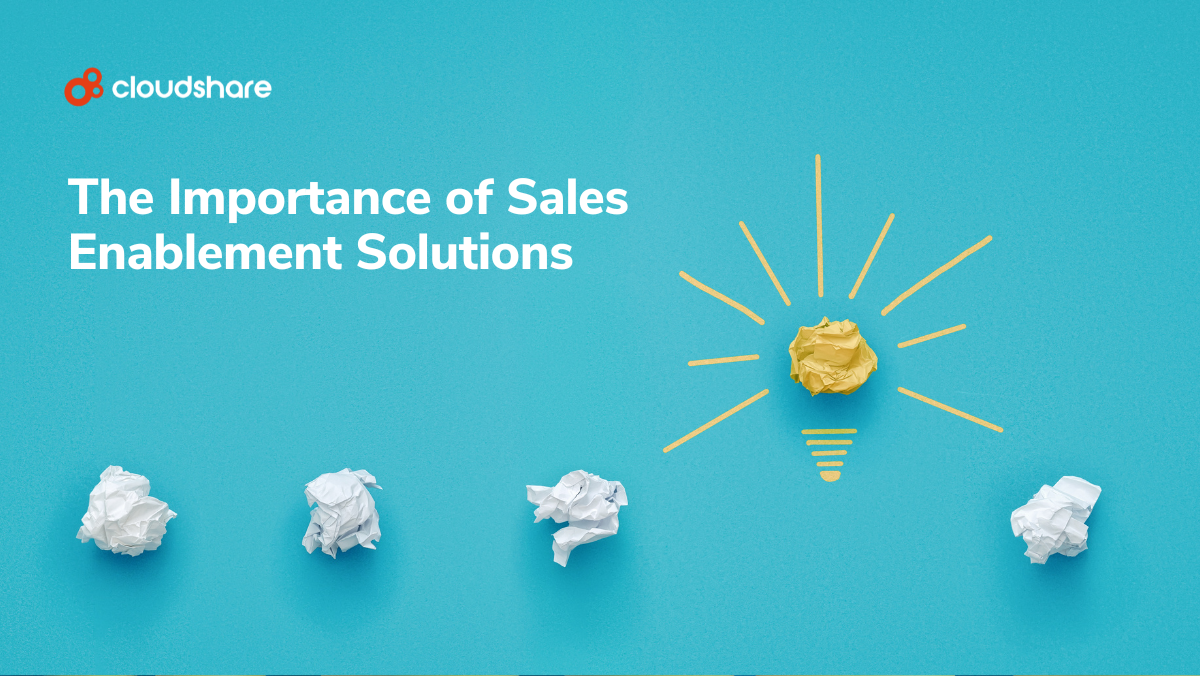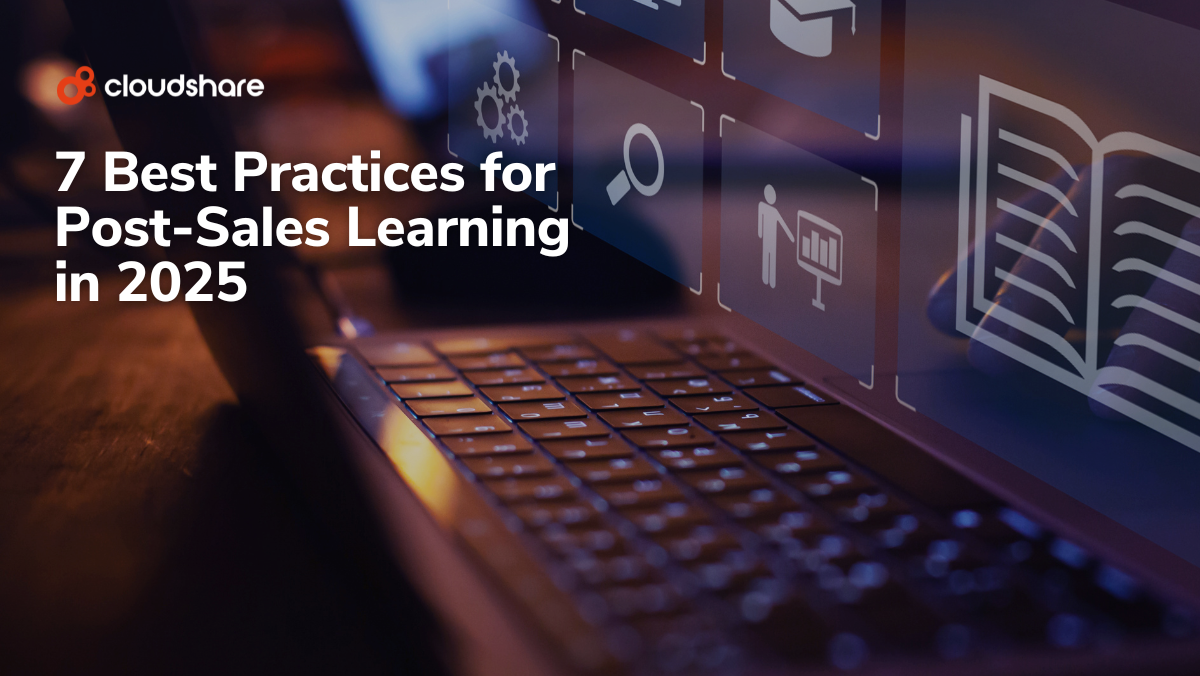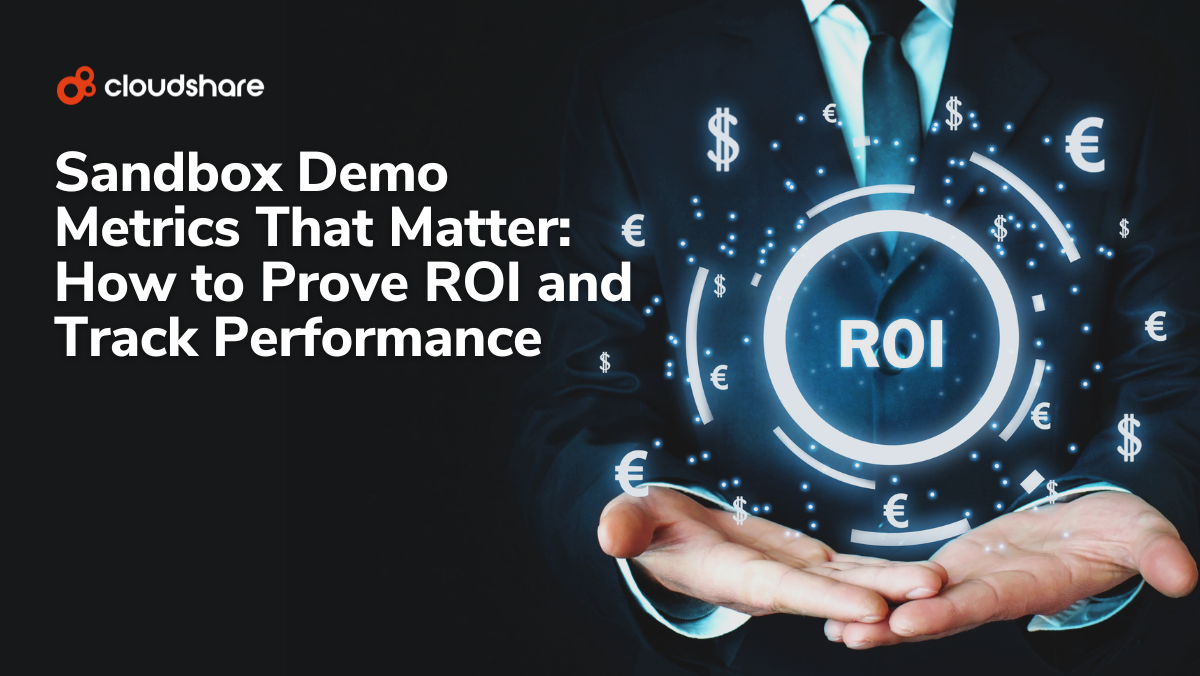
What a sales department does is simple: it aims to boost revenue by improving sales performance and building client loyalty. However, exactly how it achieves these goals is a more complicated matter.
There are several business terms to explain ways to empower the sales department in your organization. Each method has a different intent and process. There are times when you have to talk about the distinction between sales enablement vs. sales engagement or sales readiness vs. sales enablement.
What do all these terms mean? What’s the difference exactly? Which ones are most fitting for you? It’s time to answer these questions, starting with sales training and enablement.
Sales Terms to Consider
Some other useful terms to know are sales engagement and sales readiness.
Sales engagement is a field that’s heavily influenced by data. How likely is a customer going to buy from your brand? Now that sales software has become more efficient at collecting relevant metrics like this, we can use this data to optimize the engagement between the buyer and the seller. Sales teams can communicate well with buyers using these actionable insights throughout the sales process.
Sales readiness provides salespeople with the tools they need to interact directly with customers. While enablement training programs help these employees get the right mindset, putting the knowledge into practice is what sales readiness aims to achieve. The content taught in a readiness course is a reflection of sales enablement but on a much less formal scale.
Sales Training
Sales training is exactly what it sounds like — a type of employee education that helps sellers improve their skills, enhance their knowledge, and ultimately close more deals. Sales training also helps sales representatives develop new strategies and techniques for connecting with prospects. It comes in a few distinct flavors.
Product-Focused Training
Product-focused training is usually done during the onboarding process, though it may also be offered when your company updates its software with new features or releases a new product. This often includes a salesperson learning about your company’s product or service.
Common material usually includes technical specifications, use cases, and features that are essential to product adoption. It’s intended to help salespeople gain a deeper understanding of what they’re selling, allowing them to more effectively answer questions and address concerns.
Process Training
What sales procedures and strategies are unique to your organization? That’s the focus of process training, which teaches sellers about your company’s sales cycle. This may include common strategies for interacting with prospective buyers or recommended sales tools.
Professional Development
Helps employees re-skill or up-skill, developing new knowledge and competencies which may not be directly related to your business’s internal strategies. Some examples of professional development in sales include deal coaching, ongoing education/certification courses, and sales kickoffs.
Sales Enablement
While sales training focuses on helping sellers develop new knowledge and skills, sales enablement is about providing them with the tools and resources necessary to put those skills to use as effectively as possible. Your sales enablement team is responsible for identifying and distributing the most effective resources for each stage of the sales process. Sales enablement also focuses on optimizing your business’s sales cycle in a few ways.
- Testing and implementing new technology.
- Assessing new strategies, tactics, and tools.
- Leveraging analytics to track and optimize sales performance.
- Acting as a bridge between sales and marketing.
As you can see, sales enablement should not be viewed as interchangeable with sales training, as the two are highly distinct concepts from one another. Even sales enablement training differs from sales training in its focus, as it’s primarily concerned with ensuring your sales enablement team can effectively do their jobs.
Which One Is Right for You?
When deciding between technology sales training and an enablement course, remember that sales enablement already includes sales training to some extent. An enablement program is the perfect way to craft better customer experiences, but it requires continual attention to get right.
In a constantly changing market, enablement education allows sales and marketing teams to stay relevant and competitive. Part of the job is collecting sales metrics so that you can track progress and continue to improve. While it may seem daunting and time-consuming at first, the return is definitely worth the investment.
Empower Your Sales With CloudShare
It’s clear—you need a tool that lets you administer sales training efficiently while collecting useful metrics for future growth. You might consider working with an expert or hiring more experienced sales professionals, but your best answer lies in a virtual sales enablement platform like CloudShare.
Platforms like ours enable you to set up sales demo environments and other essential tools for optimizing sales cycles. A demo not only shows clients directly what value they can get from your product but also how it can integrate with their workflows.
CloudShare also offers virtual IT labs that work well for training initiatives, whether it’s for onboarding new employees or helping customers learn more about your offerings.
This blog was posted in November 2022 and updated in April 2024.




